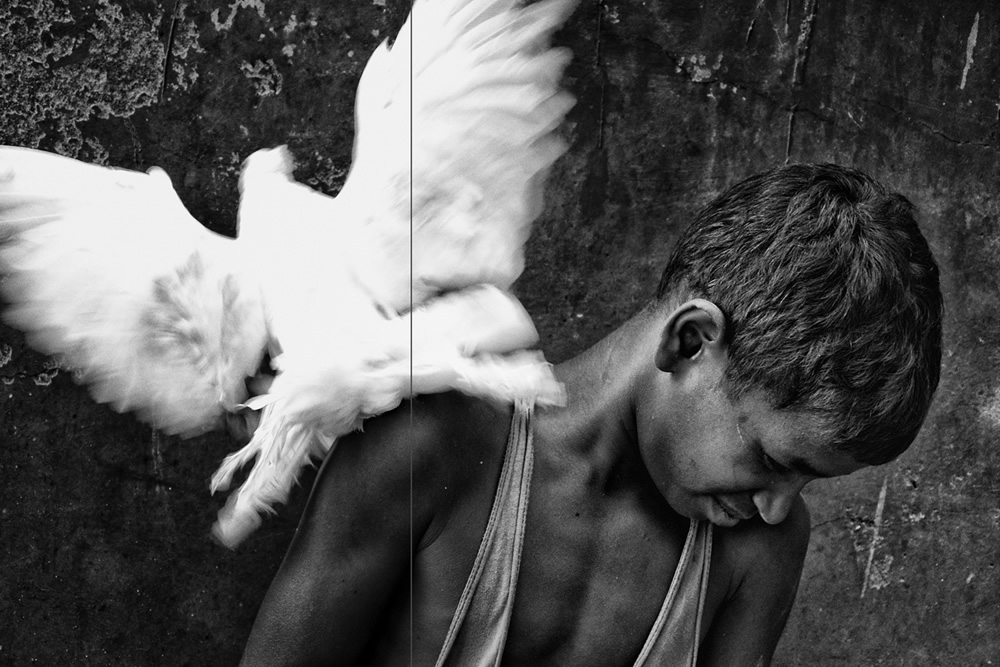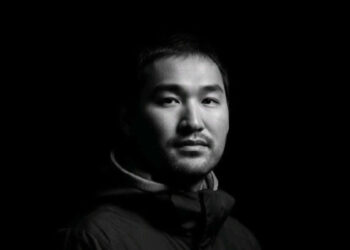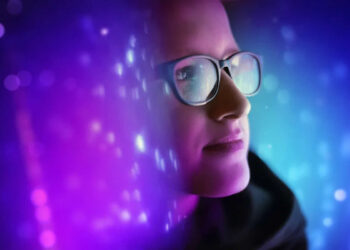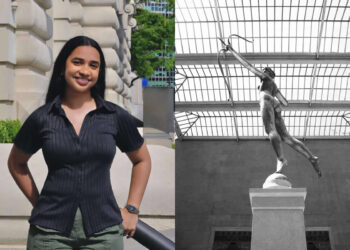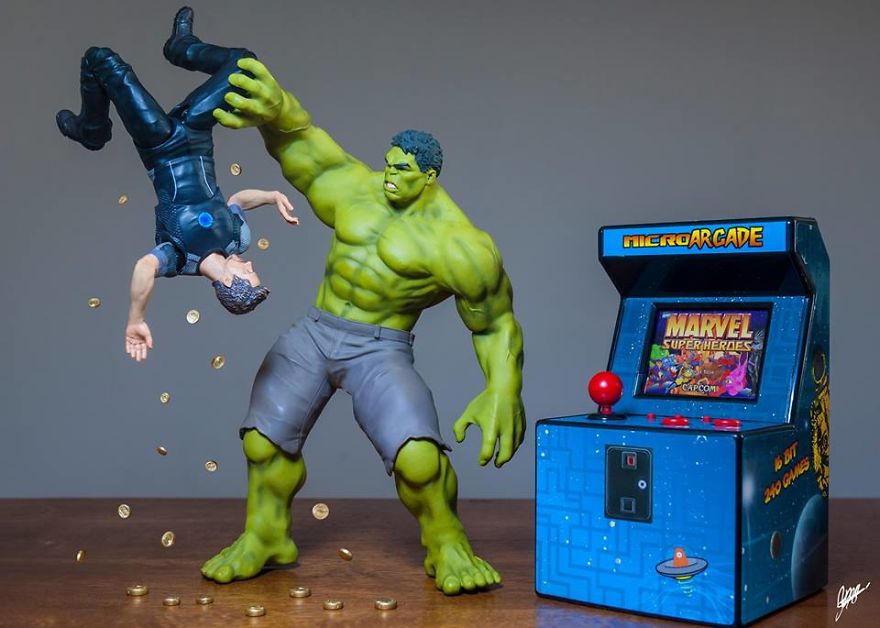THE STARS ARE HIS BONES is a hybrid East-West Project which juxtaposes a wide variety of black and white images of people and places in India with ‘found haiku’, extrapolated from an early translation of the Upanishads, considered widely to be one of the world’s great fountains of wisdom.
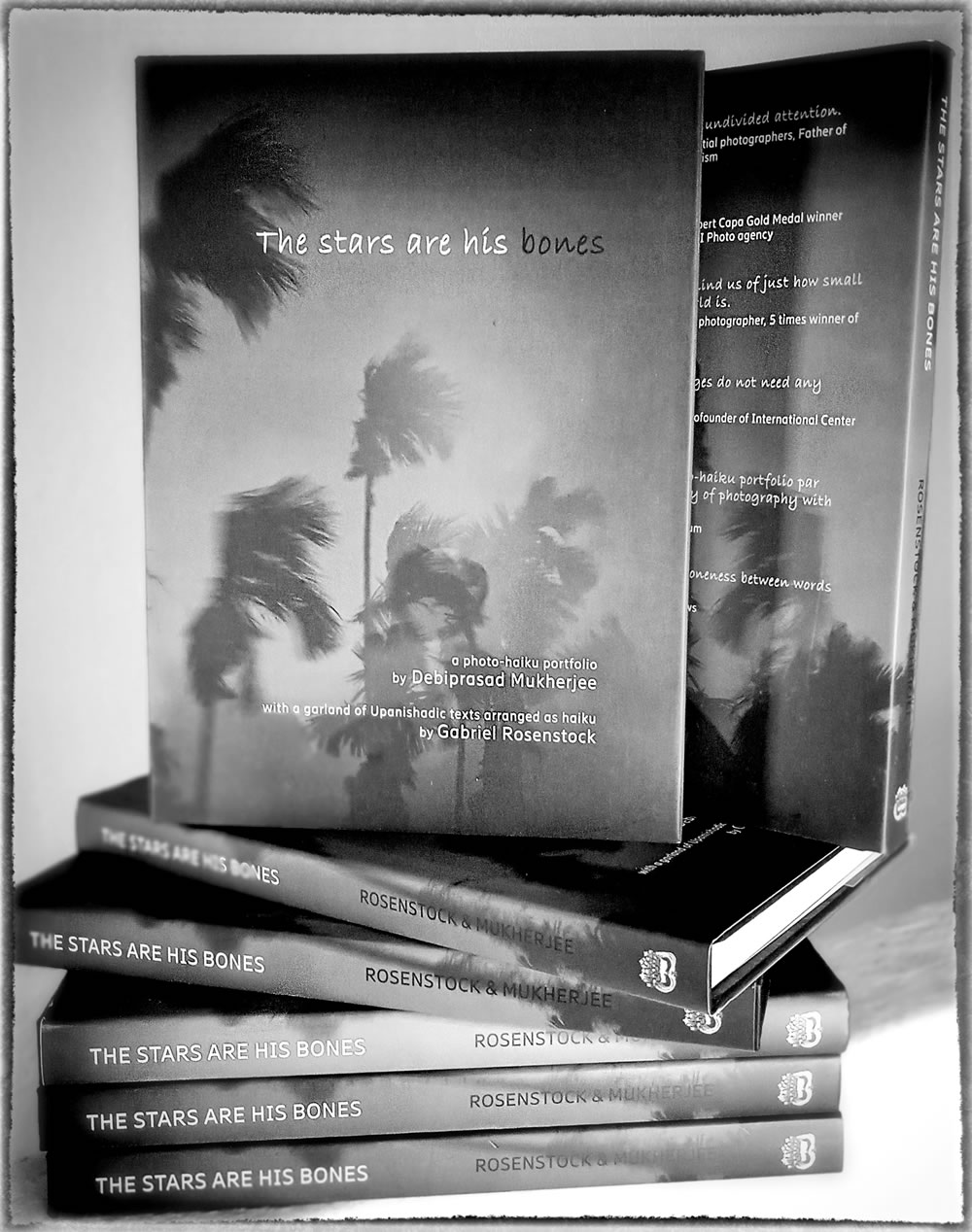
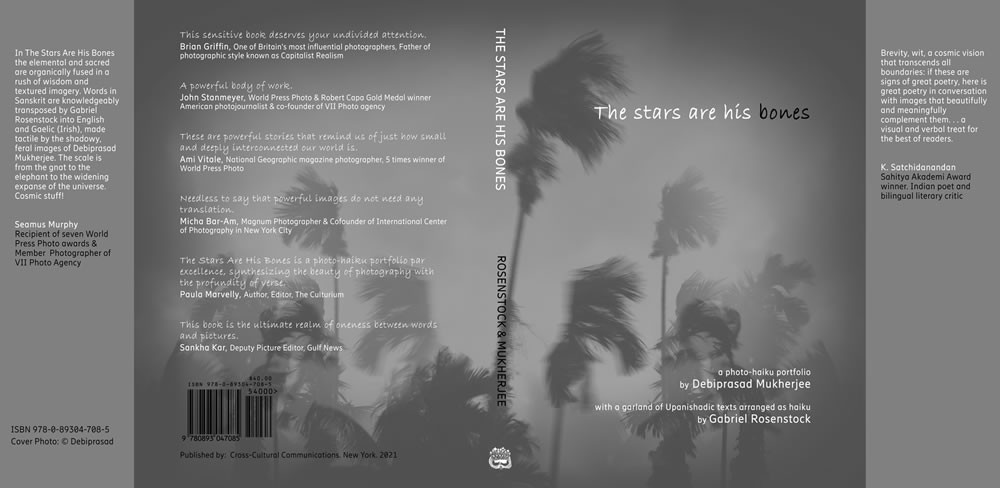
Bilingual poet and haiku master Gabriel Rosenstock, author of Haiku Enlightenment and co-editor of The Awakened One: Buddha-themed Haiku from Around the World, both volumes published by Poetry Chaikhana, says, ‘Haiku became popular in the West as a literary and spiritual phenomenon during the heyday of the Beat Generation and in particular the haiku of Jack Kerouac, J W Hackett, Richard Wright and Allen Ginsberg, many of whom Rosenstock has translated into Irish.’ Not all modern haikuists derive their inspiration from the Beats. Today, haiku is a world phenomenon; not only is it still hugely popular in Japan, it has found deep roots all over the world, including India and Ireland.
THE STARS ARE HIS BONES offers itself to audiences as a unique experience in which image and text can be contemplated separately and together. In a world that is still troubled by political and religious tensions, this work suggests an alternative transcendental vision of the shared Self,beyond borders, beyond class and all ethnic, political and religious differences. Far from being fuzzy or ethereal, the images and ‘found haiku’ in THE STARS ARE HIS BONES yield their flesh-and-blood reality, their here and now clarity, to those who linger in their aura.
Few Photographs From The Book
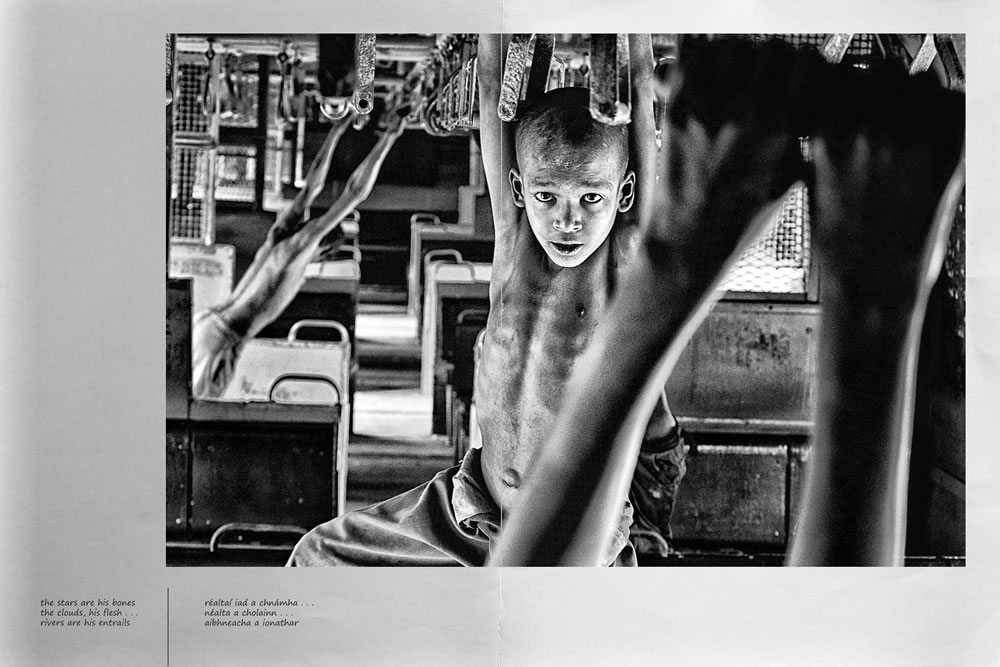

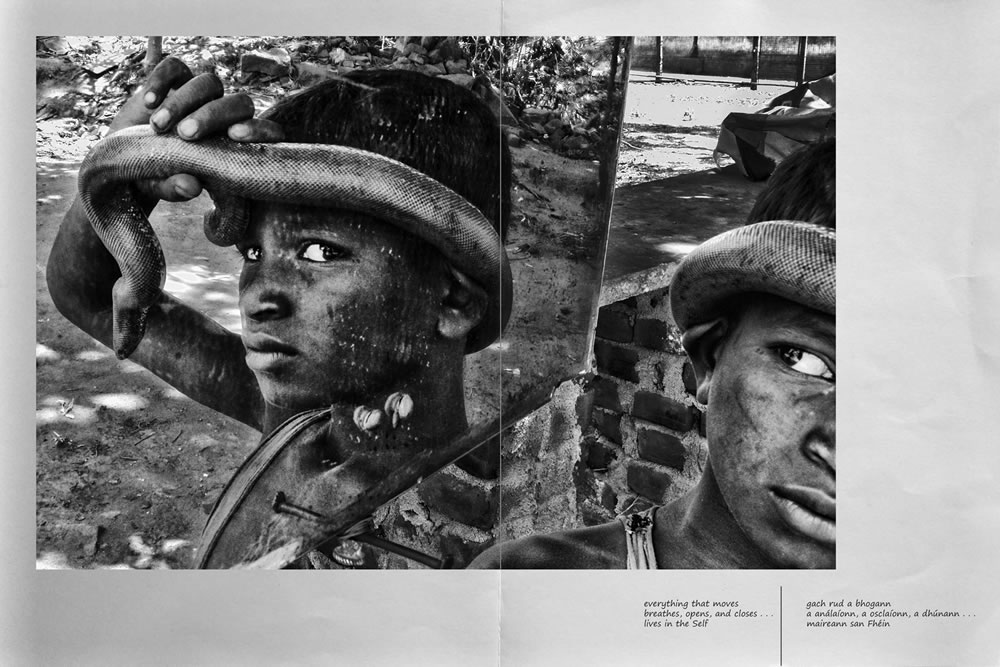
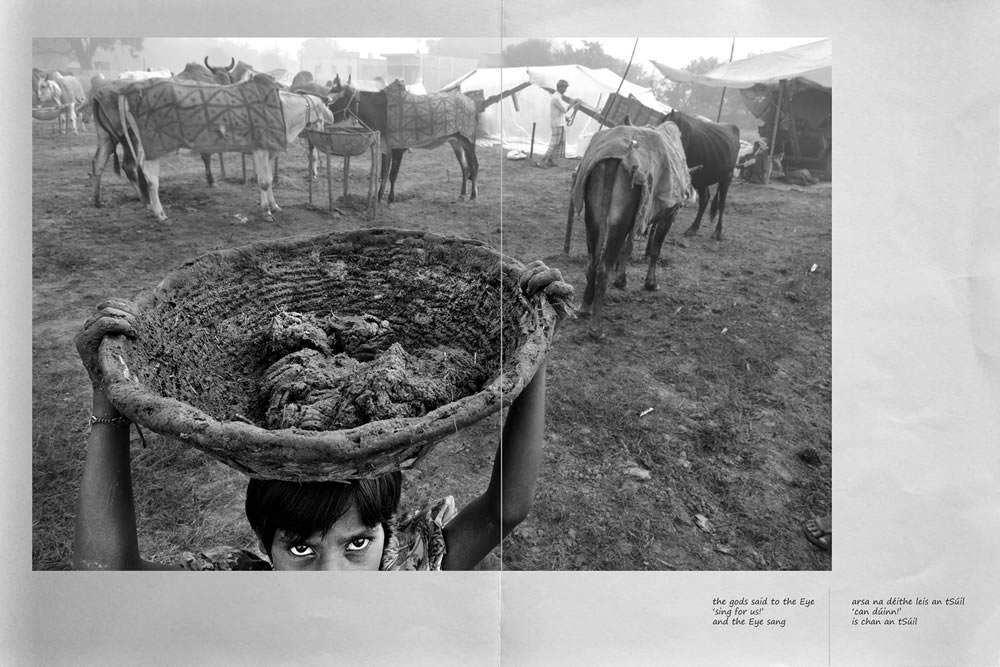
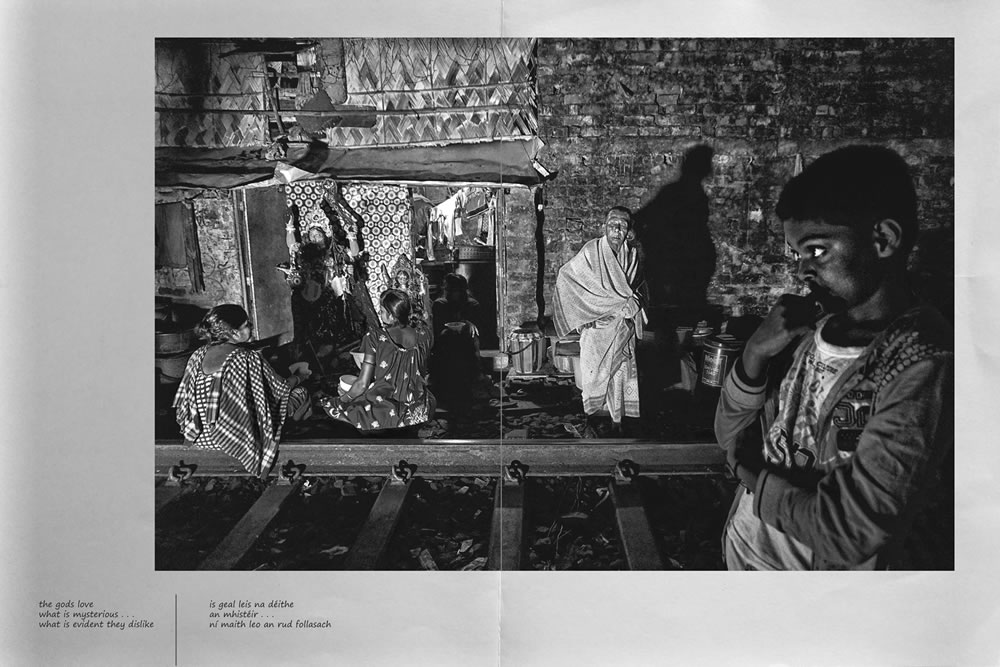
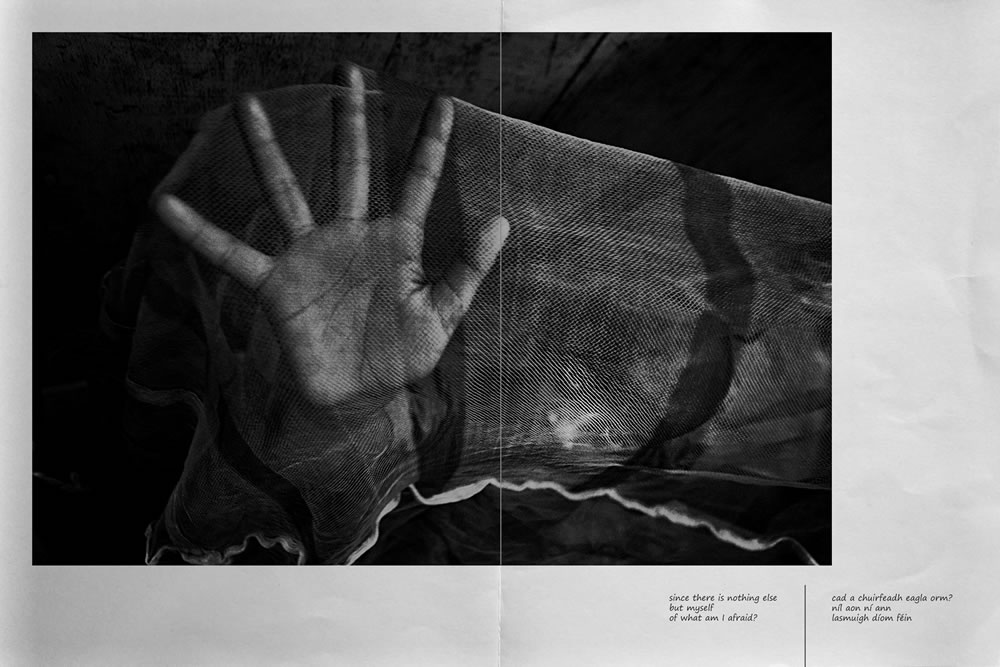
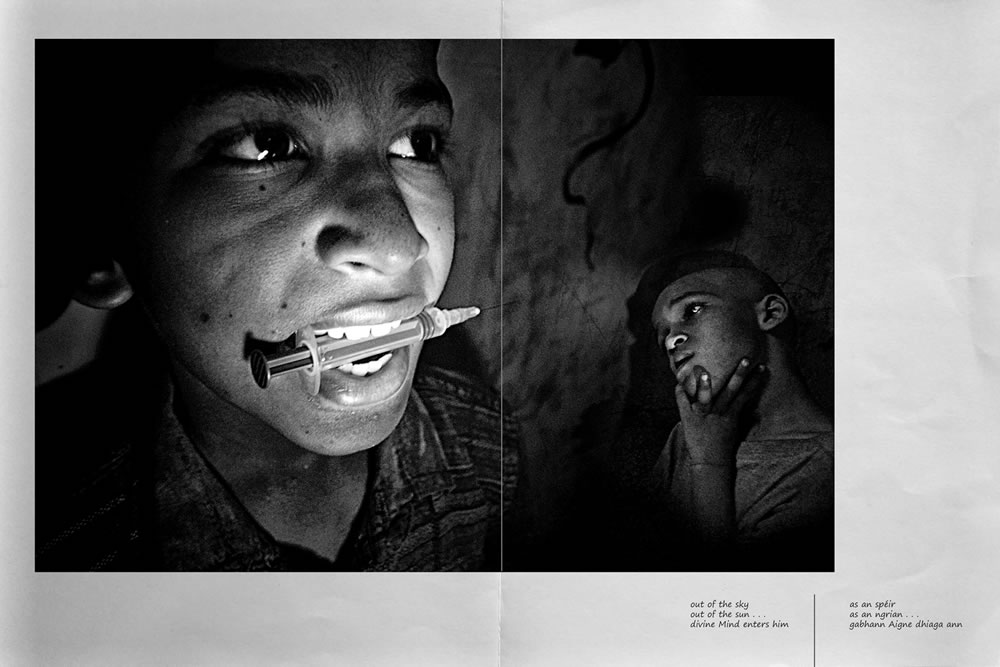
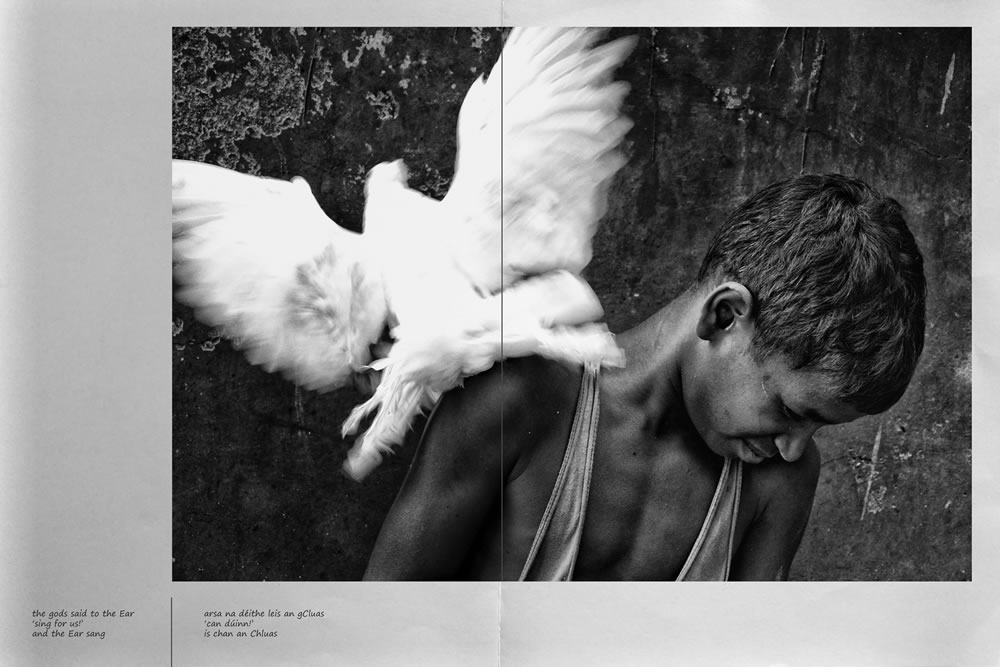
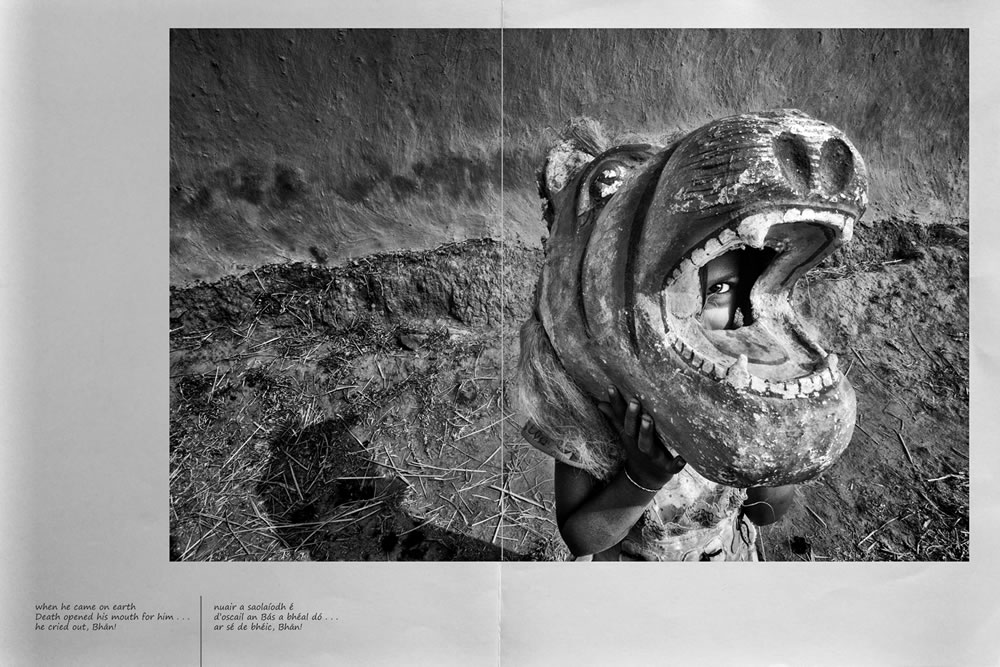
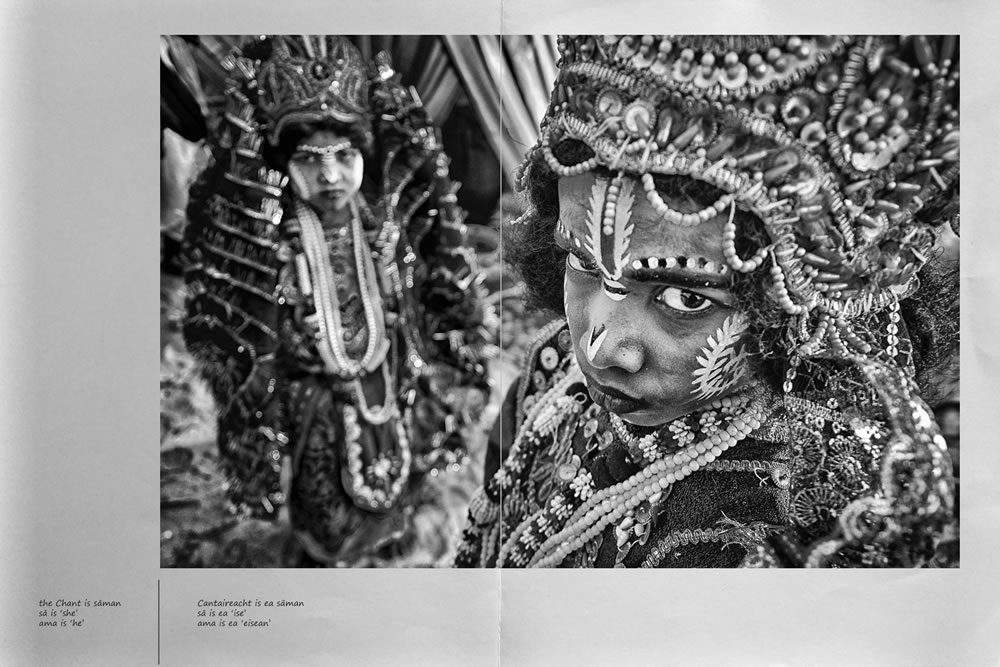
Artists’ Statement
What have Debiprasad Mukherjee and Gabriel Rosenstock got in common?
One is a Kolkata-based Indian photographer and the other is a Dublin-based bilingualIrish poet. Both artists are abundantly creative, steeped in their own culture, and yet thoroughly convinced that what unites them is much greater than what may divide them, ethnically and geographically. Is it an accident that they got to know one another or was this work, The Stars Are His Bones, waiting for aeons to come into existence?
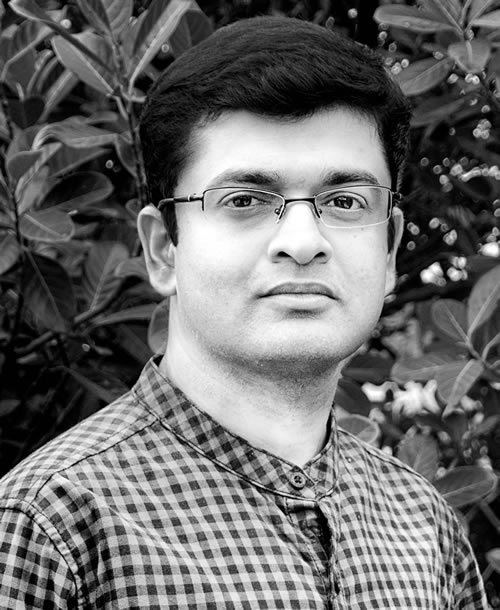
Debiprasad Mukherjee
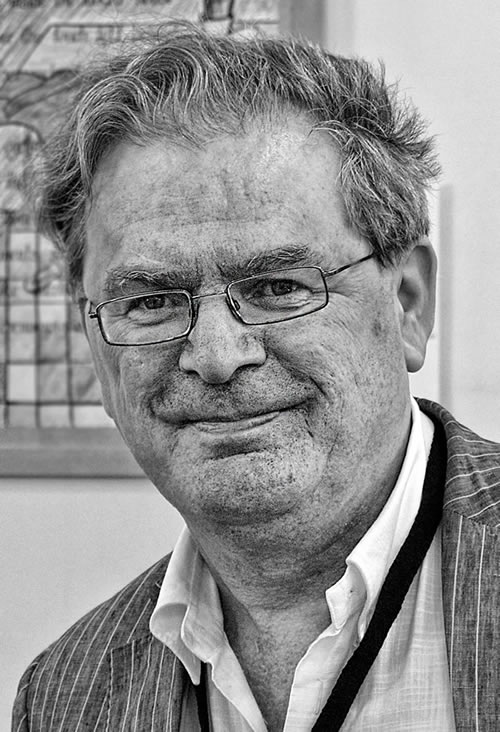
Gabriel Rosenstock
Both artists believe in the integrity of their respective arts. It is what they live for and espouse on a daily basis. The photographer envies the wordsmith, and the wordsmith envies the photographer, so they announce, ‘Put small-mindedness aside! Let’s combine our gifts to create something spectacular that hasn’t been seen before. And so, Debiprasad’s photographs, created in a particular place and at a particular time, take on a new, universal context when paired with fragments from an early translation of the Upanishads, reshaped as arresting haiku by Gabriel. These ‘found haiku’ remind Gabriel of three-line pearls of wisdom from the ancient Gaelic tradition known as triads. The old becoming new again, this is the cycle of art, the cycle of life.
The Stars Are His Bones is the result of their creative, spontaneous and joyous collaboration, carefully honed and polished over a three-year period. Not a coffee-table book to dip into for visual and poetic delight, but a new ‘edition’ of an ancient text which, miraculously, allows us to dip into the Self.
Gabriel says: “Annie Besant, a legendary supporter of both Irish and Indian self-rule, had an insight into this ancient wisdom: ‘According to the Vedantic view the Self is one, omnipresent, all-permeating, the one reality . . . The Self is everywhere conscious, the Self is everywhere existent, the Self is everywhere blissful . . .’ ” (An Introduction to Yoga, 1908).
The Stars Are His Bones is not a proselytising project, either as a book, concept or exhibition. Nevertheless, both photographer and author recognise that their work is inspired by the One inexhaustible Self – the core teachings of the Upanishads – and that their combinedcreative energies have produced something that surprised themselves, initially, and continues to surprise them. For this is a story – like the Self – which ¬has no beginning, no end.

